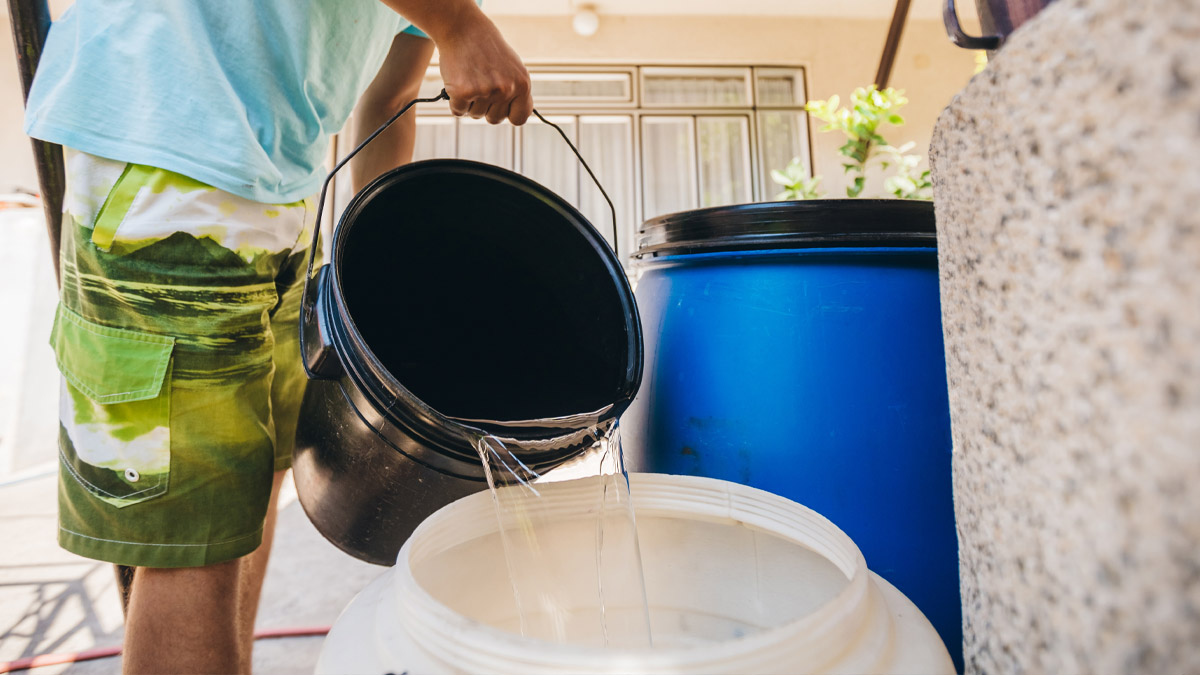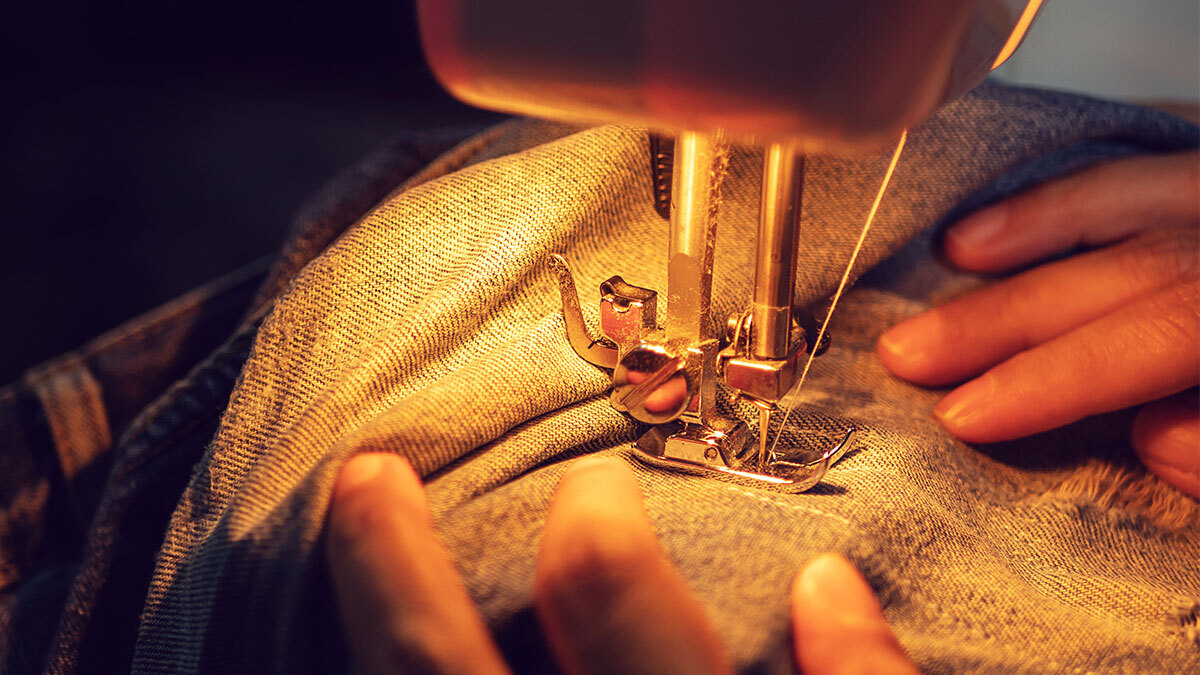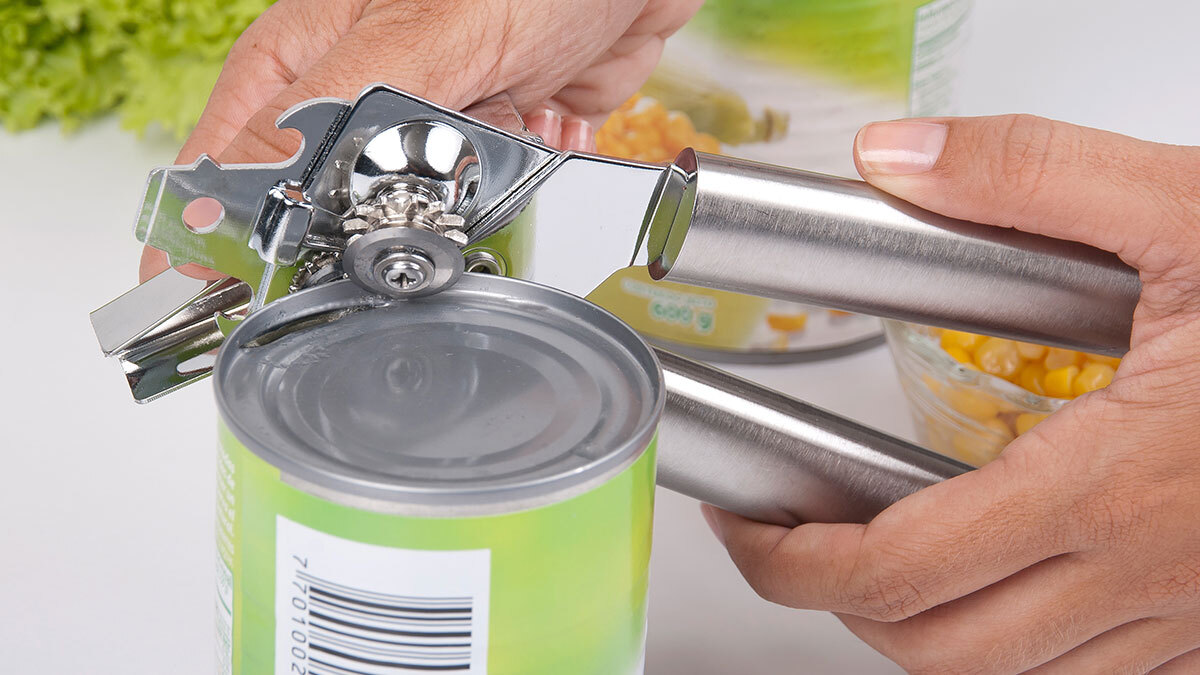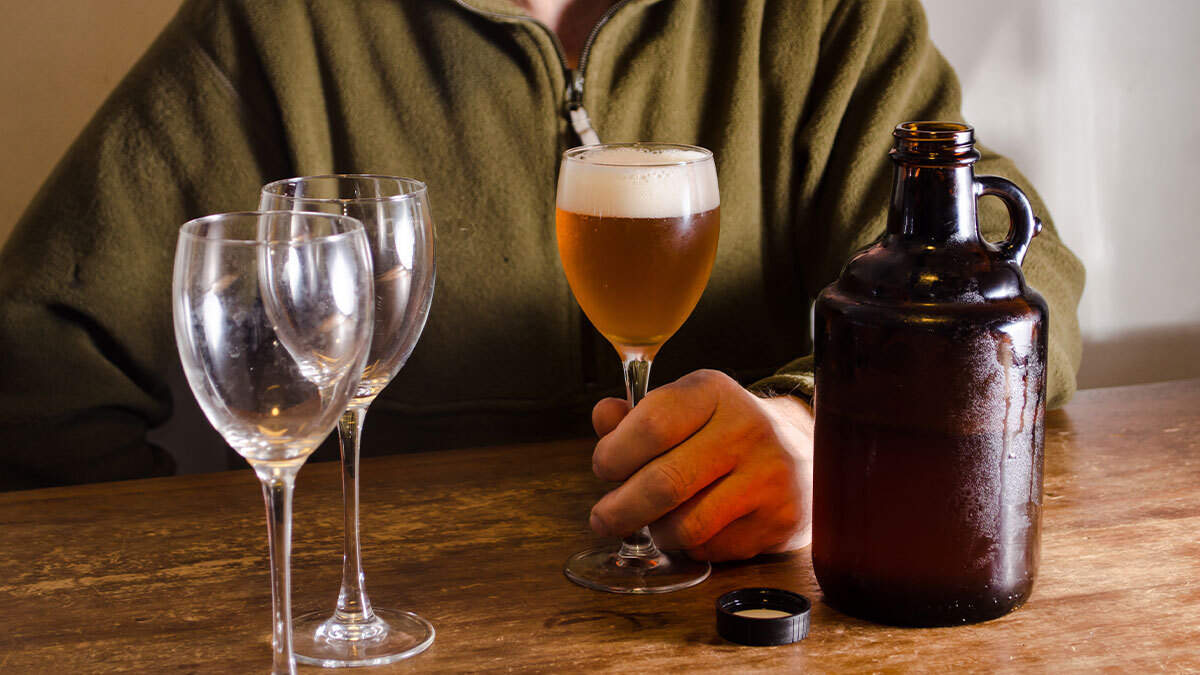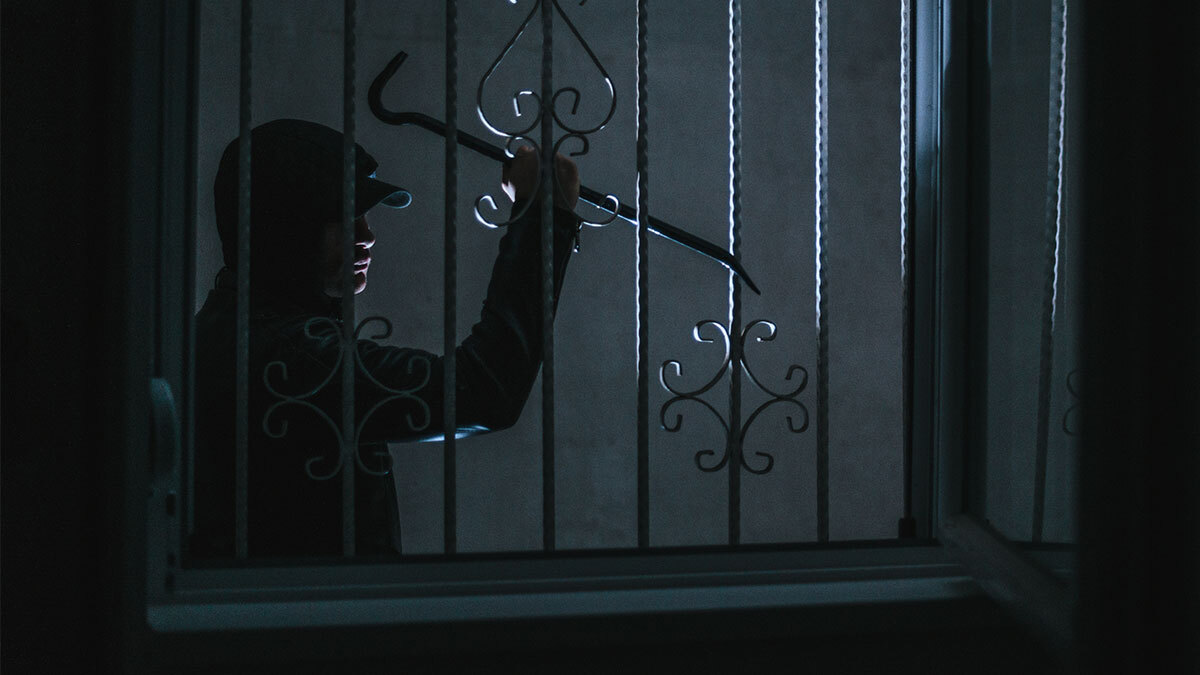on
In most emergency situations, fresh drinking water is the most important item you can store. It is recommended to have both stationary emergency water storage and portable storage in containers light enough to carry in an emergency. Be sure to take into consideration that water weighs 8 lbs. per gallon.
Preparedness authorities like FEMA recommend storing at least 14 gallons of water per person. Storing that much will allow each person to use one gallon a day for two weeks. A family of four would want to store approximately 56 gallons of water (remember to store both stationary and portable). Keep in mind that this recommendation is for a minimum amount of water—just enough for drinking and light sanitation. To use water for cooking, bathing, or other needs, you’ll want to store more.
And that recommendation does not take into account any pets you might want to store water for as well. Better to error on the side of “over-kill” and try to store closer to 2 gallons per person per day.
Water does not expire. However, it can become contaminated
(chemically or biologically), but it doesn’t “go bad.” Water can have a stale
taste, but that taste improved if you run it through a filter such as the Alexapure
Pro (which is similar to a Berkey, just much more affordable). A gravity
filter can of course also be used with any water you can collect be it from a rain
barrel or what you can collect from a nearby body of water.
If a water storage source is in ideal conditions meaning it started out clean and
was stored in a dark, cool area, not directly on concrete or near harsh fumes
and chemicals, then it technically can store indefinitely. This means that storing water in your garage
is probably not your best option. While
55 gallon barrels are easy to fill, rotating water for peace of mind or if
there is a risk of contamination is easier to do with a 5-7 gallon container.
Water should be stored in a UV-resistant, food-grade plastic container or in metalized bags. Traditionally, water storage barrels are blue. This color limits light exposure and biological growth (bacteria and algae) and also signifies that what is stored in the container is safe for human consumption (for example, gasoline is stored in red containers).
The safest containers to hold water in are polyethylene-based plastics, or plastics #1, #2, and #4 that are BPA free. These should be containers that have not stored other substances, although if it is a container that has had foodstuff in it and has a wide enough mouth to be very thoroughly cleaned you can use them. Just remember if they aren’t thoroughly cleaned they could grow bacteria.
Milk jugs do not work for storing water, they can never be fully cleaned and they are designed to decompose and will break down over time.
Always store your water off the ground. If you choose to use large containers, make sure you put something between the bottom of the barrel and a concrete floor. Cardboard will work in a pinch but wood is better. Unless your storage container has been designed to sit on its side, store them in an upright position. The same is true for stacking, if your containers aren’t designed for it, don’t stack them as it can lead to a collapse or failure of the container.
You can’t solely rely on a single water barrel for all the situations you may encounter. If you have to evacuate, you won’t be able to carry a water barrel with you. Also, if you only have one barrel or one water source you would be in trouble if something damaged that container. As the saying goes, “Two is one, and one is none”.
Store water in various sized containers and plan for different situations (grab-and-go, shelter-in-place, extra water for cooking, etc.). You can siphon the water from your barrel into other containers and refill it before emergencies arise. You can also get small hand transfer pumps to make it easier to access water if you choose to set up a large barrel.
If you do get a barrel or two for water storage remember to also get a bung wrench, replacement bung (a bung is the white cap on top of your water barrel), siphon hose, and water purifiers for maintenance.
Get access to premium content and more!



